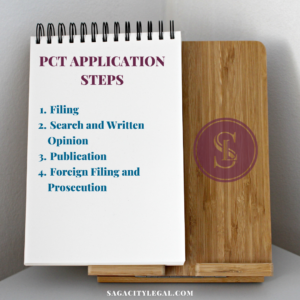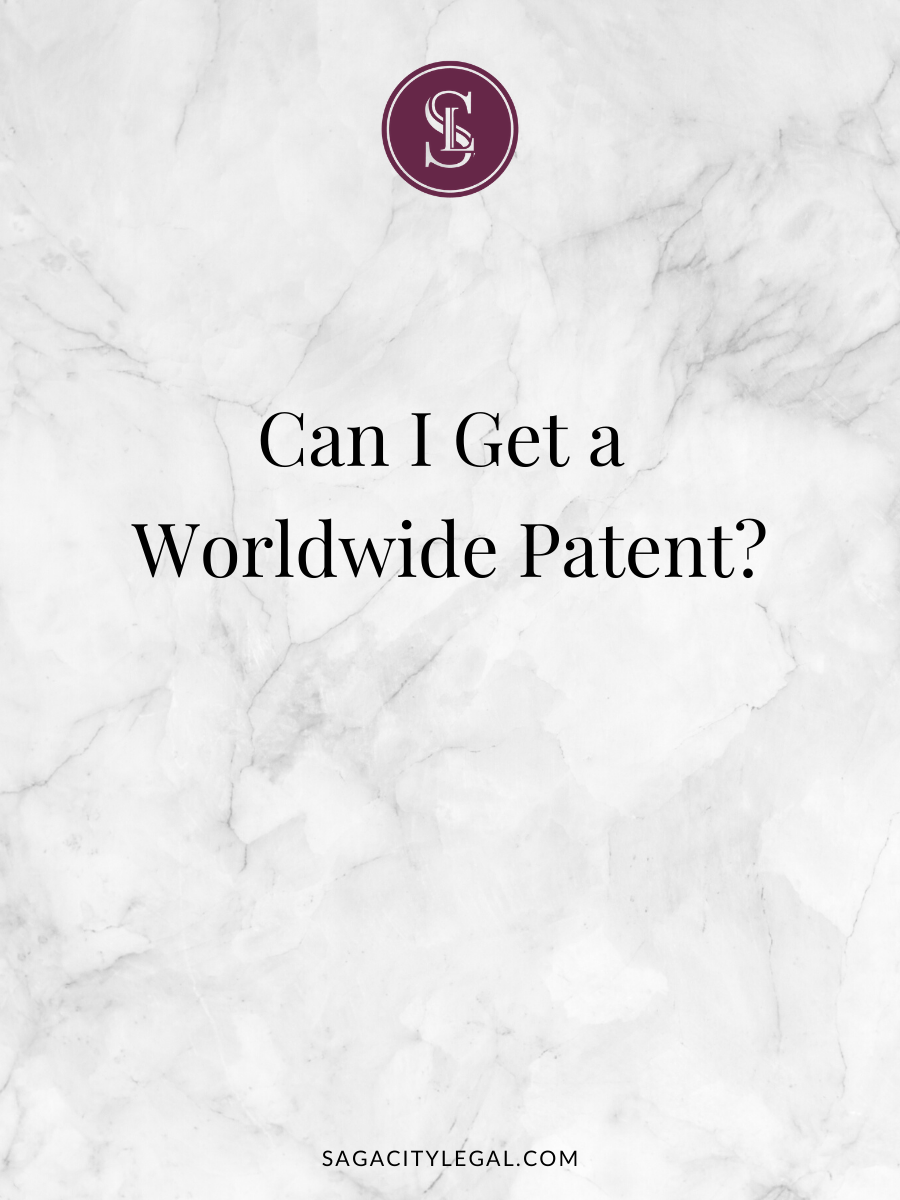
(Co-authored with Pranita Dharmadhikari)
E-commerce has had remarkable growth in recent years. In the midst of the coronavirus pandemic, businesses are moving online in unprecedented numbers. Selling online makes it so easy to sell internationally. Selling internationally necessitates a worldwide patent.
Welcome to 2020.
Protecting innovative products therefore has become more important than ever. Many clients have come to us with amazing inventions; wanting to protect their invention globally.
Their question: “Can I get a worldwide patent?”
That certainly makes sense, doesn’t it?
One invention – sold around the world – protected by one worldwide patent.

NO WORLDWIDE PATENT
The short answer is “no.” Each country has its own patent system. For example, a patent filed with the United States Patent and Trademark Office (USPTO) is only enforceable in the United States. To protect your invention globally, you need to obtain a patent in all countries you think important to your business. Patent filing strategy becomes a balancing act of cost vs. global protection.
In today’s online economy, as an inventor you need to think of such possibilities as:
- With easy access to your product, how do you minimize infringement in other countries?
- What can you do if your business is based in the United States, but your product is infringed by manufacturers in China?
- What if you have a United States patent, but an infringer sells counterfeits in England?
INTERNATIONAL PATENT OPTIONS
While a patent filed in the USPTO is only enforceable in the United States, you can also file for protection in other countries. There are several routes that you can take, but you must file those patent applications within 12 months of US utility patent filing and within 6 months of design patent filing.
Let’s focus on utility patents patent protection in multiple countries.
Your options include filing:
- directly in each country
- regionally for a group of nearby countries
- a PCT application (Patent Cooperation Treaty)
- a Priority Patent application (i.e. in the United States) and within 12 months choose an option.
PCT APPLICATION BENEFITS
Filing a PCT patent application within 12 months of filing a US patent application provides many benefits.
Most industrialized countries are also members of the Patent Cooperation Treaty (PCT), a treaty that enables inventors to file a relatively economical international application in their home country within one year of their home country filing date.
The Patent Cooperation Treaty (PCT) provides a mechanism by which a single international application will be searched and published with a search report attached, and a non-binding opinion (known as a “written opinion”) will be issued addressing whether the PCT authorities believe that the claimed invention has novelty, involves an inventive step (is non-obvious) and is industrially applicable. Upon filing, the PCT application is transformed into a bundle of national applications in all of the PCT countries. The national patent offices in each country then take over.
Let’s Look at the Specific Benefits:
Fee Delays
By filing a Patent Cooperation Treaty (PCT) application, you can defer the costs of filing national applications in more than 150 countries by around 30 months from the date of first filing. This means the PCT application buys you time and opportunity to further develop and evaluate the market for your invention.
If during the 30 months, originally promising developments turn out to be unprofitable, then the large expenditure for national fees, translations and other costs can not only be deferred but actually not incurred by abandoning the case before the foreign filings are initiated.
Search Report and Written Opinion
The PCT application comes with an international search report and written opinion. This report includes the search authority’s position on potential patentability of your invention. This provides two benefits. First, the PCT member countries will rely heavily on this search. Second, the applicant can use the search to determine whether to continue on with national filings or abandon patent protection.
Less Application Preparation
An application that meets the PCT rules, will be accepted before all participating patent offices in the later national stage. This saves the time and effort of adhering to multiple countries’ formal requirements for individual patent applications. Further, the inventor obtains a filing date that is good in every member country in which the inventor seeks patent protection.
Provisional Protection
Once published, the PCT application provides provisional protection in all participating countries. Provisional protection generally gives the patent holder the right to obtain a reasonable royalty from any person who exploits the invention claimed in the published application if the published are substantially identical to the claims that ultimately grant. The publications also create prior art against your competitors.

PCT APPLICATION STEPS
Filing
You file a PCT application with a specific International Search Authority (ISA). ISA is a Patent Office which performs an initial review of your invention.
Search
ISA finds the published patent documents and technical literature, which may affect the patentability of your invention. It also issues a written opinion covering views on patentability of your invention.
Publication
Your PCT application is published in approximately 18 months after the priority date.
Foreign prosecution phase
Within 30 months from the priority date of the PCT application, you can start to pursue your patent directly to the country(ies) of your choice.
DEVELOPMENT OF AN INNOVATION STRATEGY BUILDS AN INTELLECTUAL PROPERTY “FENCE” FOR YOUR COMPANY. FILING PATENTS IN KEY COUNTRIES IS AN IMPORTANT PIECE OF THAT STRATEGY.
Do you and/or your business need help with protecting your inventions around the world? We’re here for you. Contact us here.


leave a comment on this post.